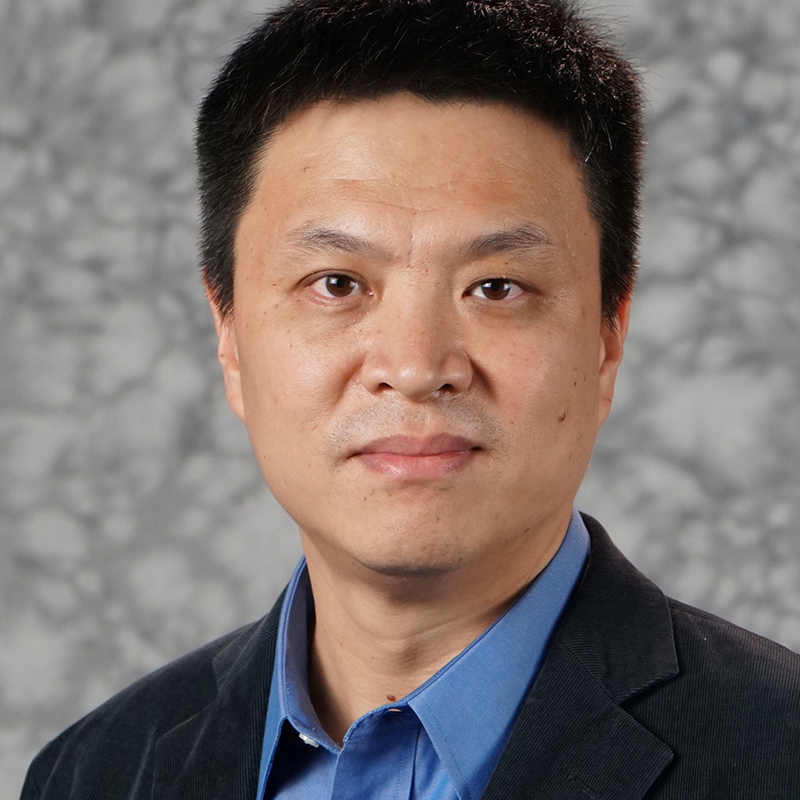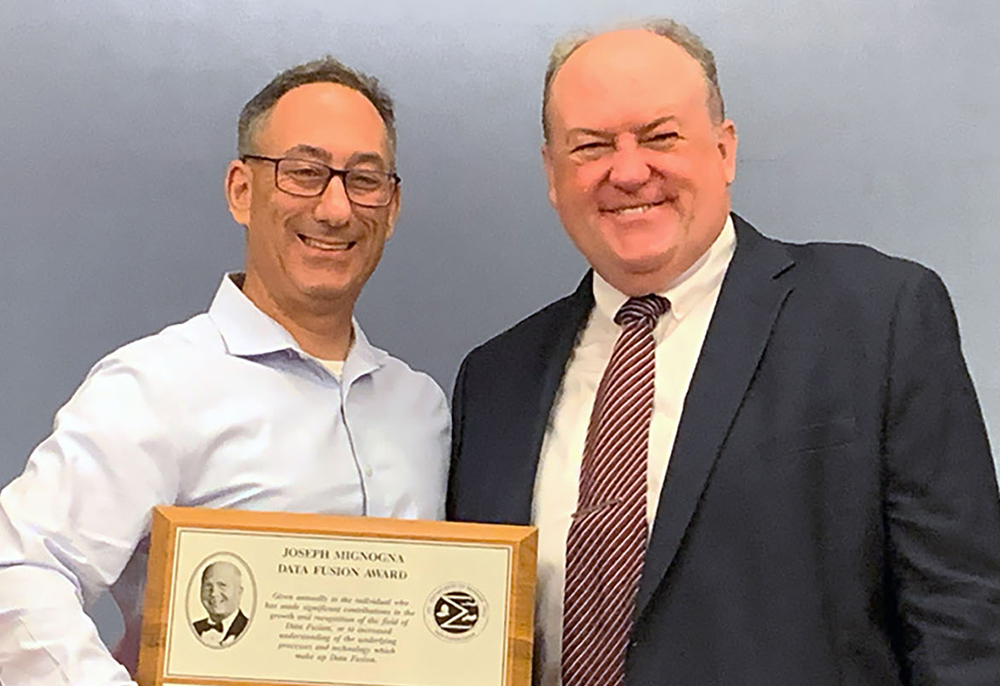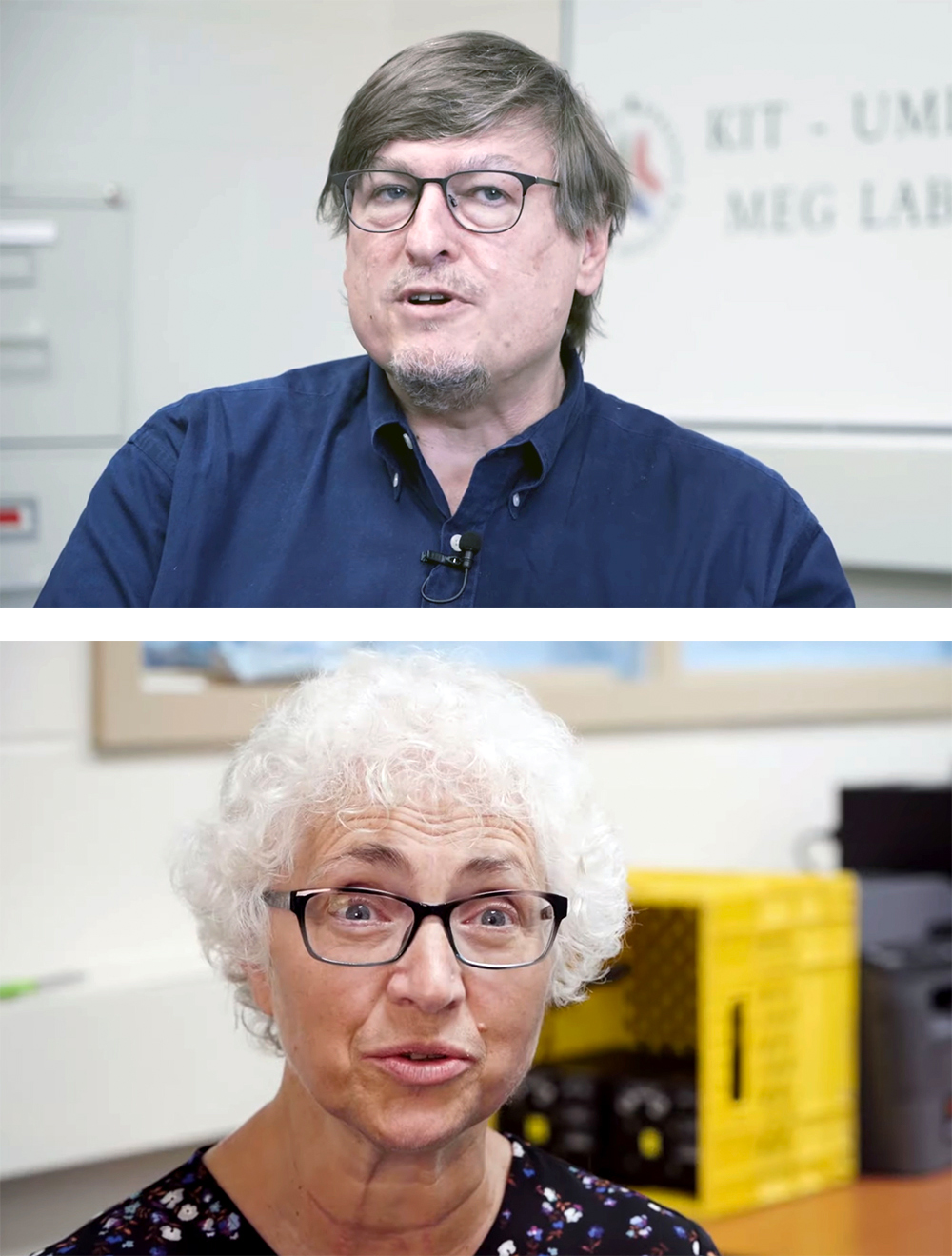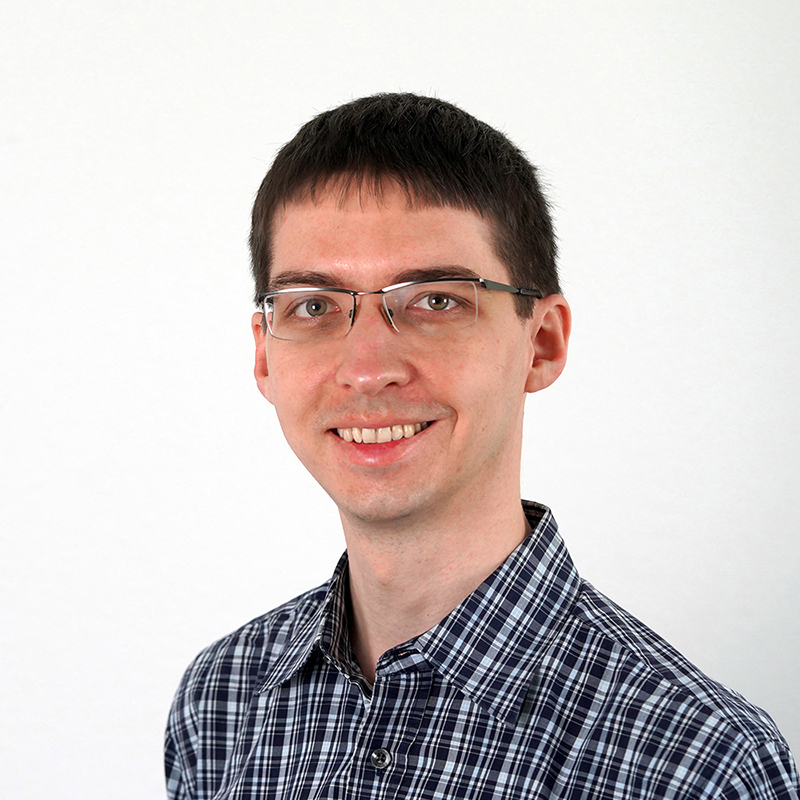News Story
Depireux, Elhilali co-edit auditory cortex techniques handbook
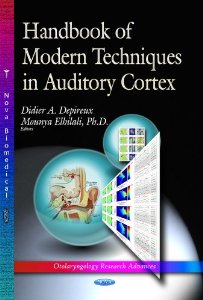
Elhilali is a former student of Professor Shihab Shamma (ECE/ISR), is an assistant professor in the Department of Electrical and Computer Engineering at Johns Hopkins University.
The book is part of the Otolaryngology Research Advances series produced by Nova Science Publications, Inc. It addresses the host of new techniques that recently have been developed in the study and modeling of the auditory pathway. These techniques, made practical thanks to recent development in computer power and memory, are often referred to as “broadband methods.” They have allowed scientists to better understand how complex sounds such as music and running speech are encoded along the auditory pathway in a noise-robust fashion, and the resulting cortical models have been used in speech recognition, vehicle identification and speaker identification with great success.
The techniques were developed and refined over the last 20 years, and as a result, the published literature offers a scattered, and sometimes seemingly contradictory, account. The different stimuli used might give an impression of incompatibility between the different research groups, with no clear reason to choose one approach over the other. Recently, these methods were shown to be almost equivalent. This leads to a very confusing situation for a researcher who wants to apply these new techniques to his or her current research: depending on how far back the researcher goes, the literature will appear to change over, and even to be self-contradictory.
The new book is the first to present, in a single volume, the different broadband methods, their different philosophies, their relative advantages and disadvantages, and a methodology that will help the would-be-practitioner get started, navigate the literature, and chose the most appropriate method.
Published February 6, 2014



